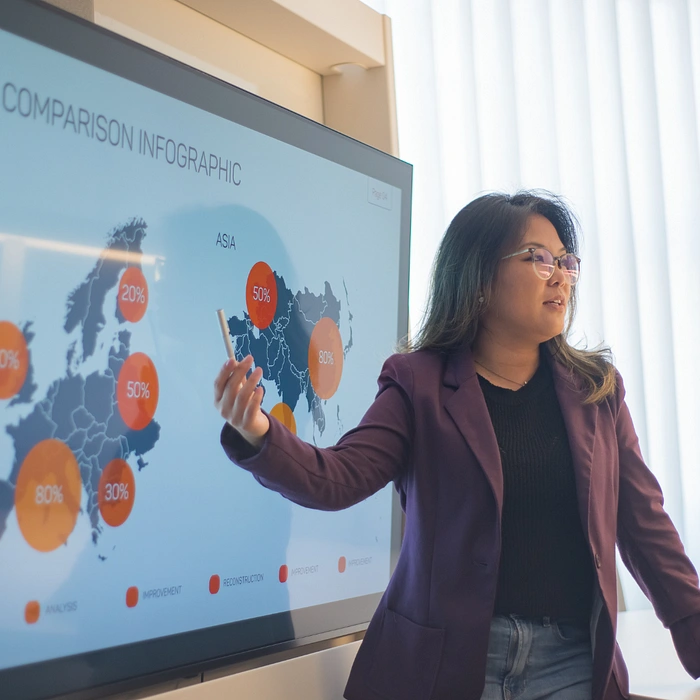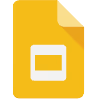How to Tell Stories with Data

How to Tell Stories with Data (Even If You’re Not a Data Analyst)
·
6 min read
·
4 hours ago
Introduction:

Leader: “LaToya, what exactly am I supposed to be looking at here?”
Me (internally): “Ummmm, every possible data point I could find in hopes it answers your questions…”
Cries silently #UltimateCringe
I faced a common issue many people struggle with: translating data into meaningful insights. The keyword there is meaningful. And how exactly do you determine what is meaningful? What story are you looking to tell? What insights do you want to bring to life?
Are you a Data Scientist, Business Analyst, or Data Analyst? No? I’m not either, but I love numbers, data charts, and visuals! Perhaps you are a leader or individual contributor on a team looking to use data to make an impact and solve a problem. This post will break down how to tell compelling data-driven stories that inspire action.
1. Why Data Storytelling Matters

“Data are just summaries of thousands of stories — tell a few of those stories to help make the data meaningful.” — Dan Heath, bestselling author
As you can see from my rather embarrassing example, data on its own can be super overwhelming. I walked into that meeting with every number possible. I thought to myself, “No matter what they ask, I will have an answer.” But guess what? I had absolutely no story. I learned that random numbers are just like random words in a story. Words create sentences, and sentences create the story.
Some real-world examples of data storytelling include: improving customer experience, increasing sales, or optimizing workflows.
Improving Customer Experience: Say you want to use AI to automate tasks and improve issue routing. What data points would you need and why? The goal here would be to improve First Response Times and Full Resolution Times. This is the info you need to pitch your ideas and prove a potential return on investment.
Increasing Sales: I don’t know about you, but I cannot see into the future — but with data, we can look at the past and predict the future. Analyzing past data can help you predict your client’s future needs and adjust your strategies accordingly.
Optimizing Workflows: Bottlenecks and inefficiencies are buzzwords on every leader’s mind, and rightfully so. Knowing how to identify areas that consistently cause delays allows you to proactively avoid high error rates.
2. The Three Pillars of Data Storytelling

The Facts: “Women lie, men lie, numbers don’t! Or do they…?”
Sometimes, we get to enter a room and entertain the audience with a story of our choosing. Other times, the audience comes with requests. Choosing the right data set matters to your audience, so choose wisely.
The worst thing we can do is have bad data. Double- and triple-checking your sources is essential to getting the purest data possible. This helps ensure accuracy and context. So, let’s not cherry-pick the numbers.
The Storyline: “Stick to the script!”
As you read the story, the plot thickens. And things can get really animated when you’ve read the story and know what’s about to happen next. People in the audience are anticipating what you will say next, and they are looking to find the so what? — What does this data reveal?
Let’s say you had to summarize the story. Where do you start? The end? The middle? No! You start with the problem, move to the middle with the insights, and end with the next steps and action.
The Impact: “A stitch in time saves nine lives.”
And just like a good children’s story, the pictures add so much flavor and awe. But they are not just randomly placed throughout and failing to go along with the plot. So when we use charts, graphs, and dashboards, we should use them to make the data digestible — not confusing.
Visuals enhance the story. A storybook with just pictures leaves the audience open to interpretation. This does not always work when we are presenting to leaders who want to make decisions and be informed. Keep visuals clean, clear, and concise to focus on the key message you are looking to deliver.
3. How to Craft a Data Story (Step-by-Step Guide)

“The ability to take data — to be able to understand it, to process it, to extract value from it, to visualize it, to communicate it — that’s going to be a hugely important skill in the next decades.” — Hal Varian, Chief Economist at Google
Understand it: Okay, so you have the data. You are looking at the numbers. Do you even understand what you are reviewing?
Process it: This is your data set. This is the source you got it from. And this is what it correlates to.
Extract value from it: Does any of this matter? What exactly is the benefit of knowing this? Who does this impact? What value can they get from it?
Visualize it: Now that we understand it, have processed it, and extracted value from it, how do we want it to be seen? What will drive these points home for our audience?
Communicate it: “With this data, the trends are showing…” “With this data, we can improve…” “With this data, we may need to pivot…” “With this data, we are doing really well in�…”
4. Practical Examples of Data Storytelling in Action

Customer Support Teams: Identifying patterns in tickets to improve service.
“The data shows that 30% of support inquiries relate to customer login issues. This indicates the need to enhance user experience for resetting passwords and updating usernames without reaching out to support.”
Support Engineering Teams: Using client issue trends data to inform product and engineering strategies.
“We’ve noticed a 15% increase in ticket escalations related to user errors in X area of our site. While the team can troubleshoot and educate the client, finding the root cause and improving our client experience would be recommended, in addition to giving the team back time to focus on other high-priority areas.”
Leadership & Strategy: Making informed decisions based on trends, not just gut feelings.
“Although 42% of our customers are completing the CSAT survey and we have a 90% score, 17% of clients seem to be escalating outside of the surveys to their dedicated Customer Success Manager. This shows there is a gap in the client feedback loop, and our overall client health may not be in the best condition.”
5. Common Pitfalls & How to Avoid Them

Data overload is real. Presenting too many numbers with no clear story can leave your audience lost. Before any meeting, ask the team what they need so you can locate trends and structure your insights. Even if you want to share all the stats, keep them in an appendix at the end of the deck.
And please — use visuals. But don’t overdo them. A clean, clear, and simple approach wins every time. #KnowTheStory
Conclusion

Anyone can be a good storyteller with data. Data-driven storytelling is not just for analysts. I encourage everyone to start small. The next time you review a report or dashboard, ask yourself: What story is this telling me? What story do I want to tell?
How have you used data storytelling in your work? Let’s discuss this in the comments!
Like this project
Posted Mar 23, 2025
You can be a good storyteller with data. Data-driven storytelling is not just for analysts. I encourage everyone to start small. What story do I want to tell?






